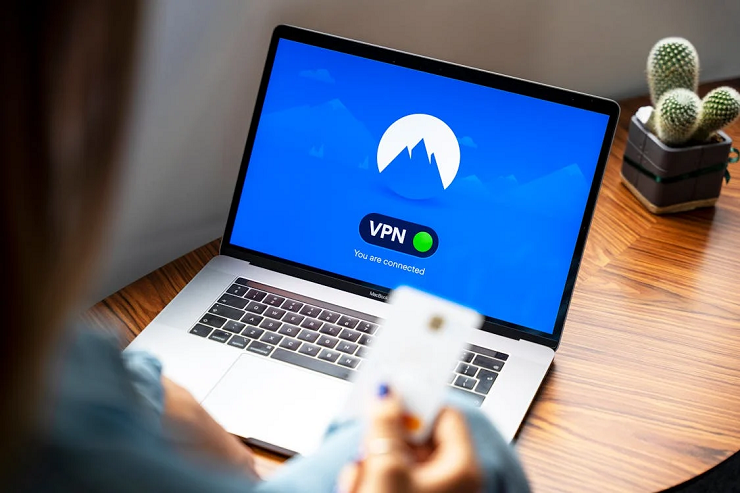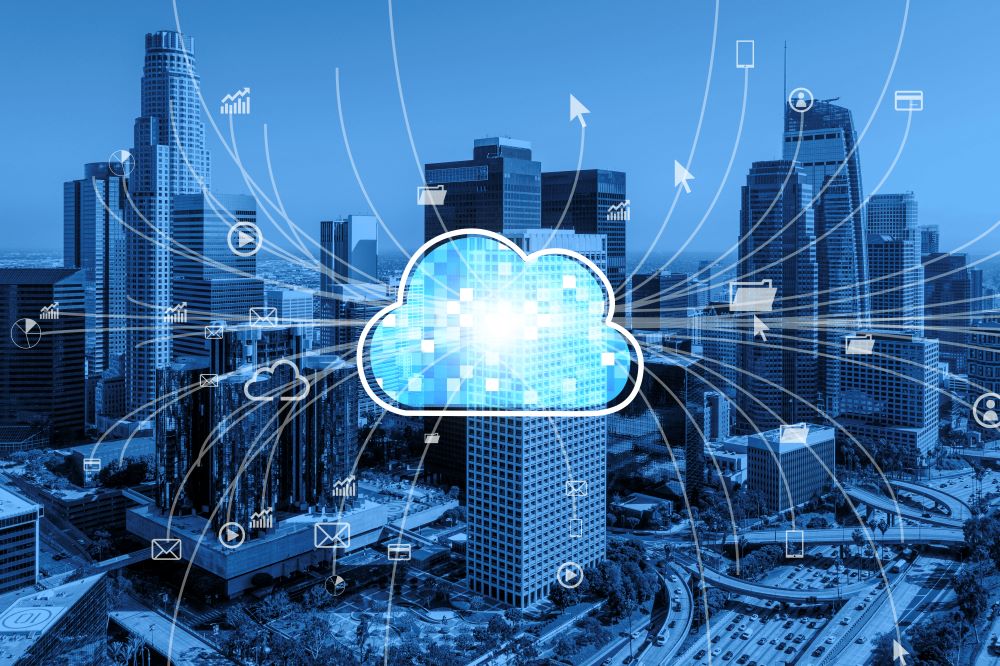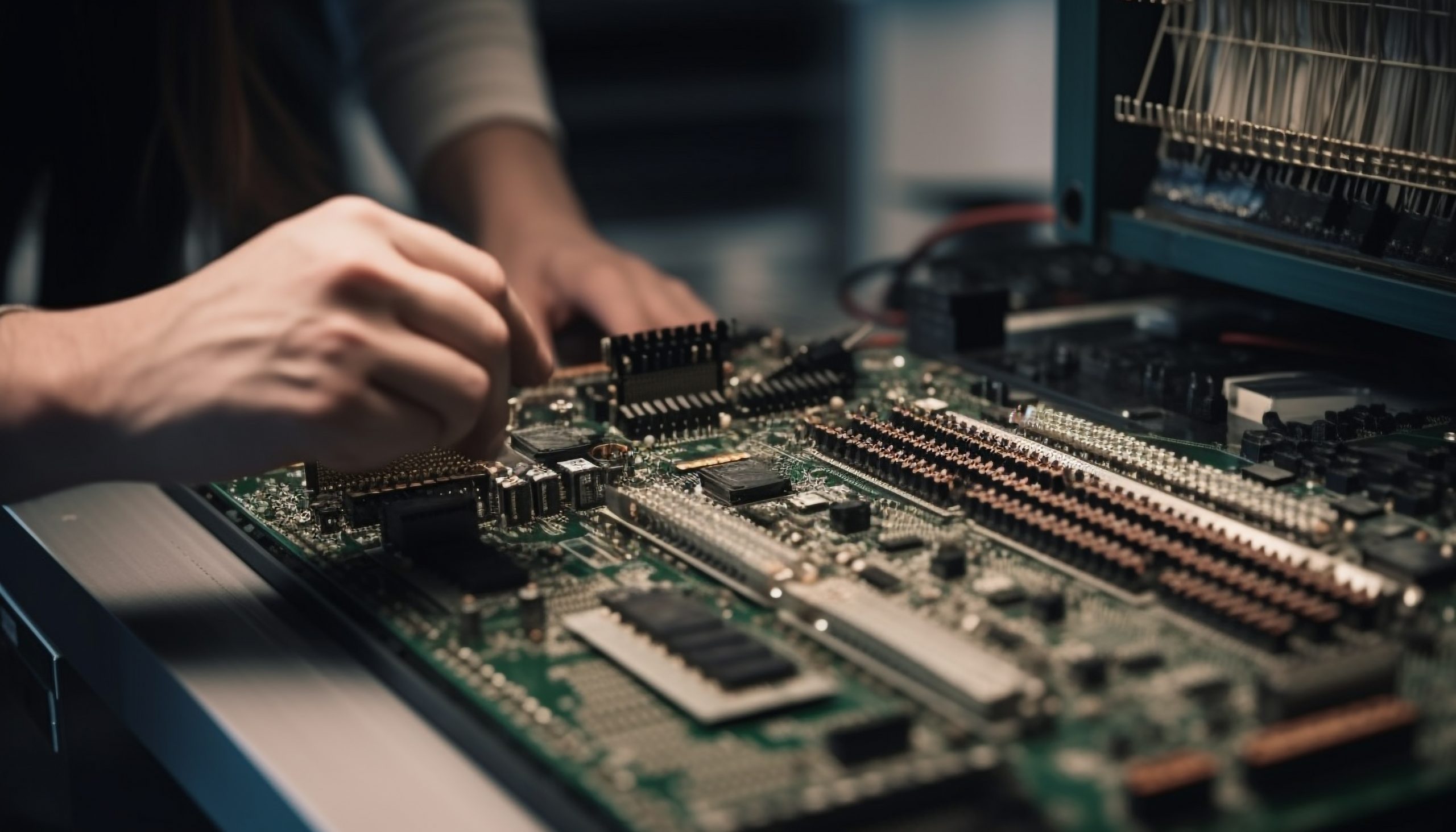
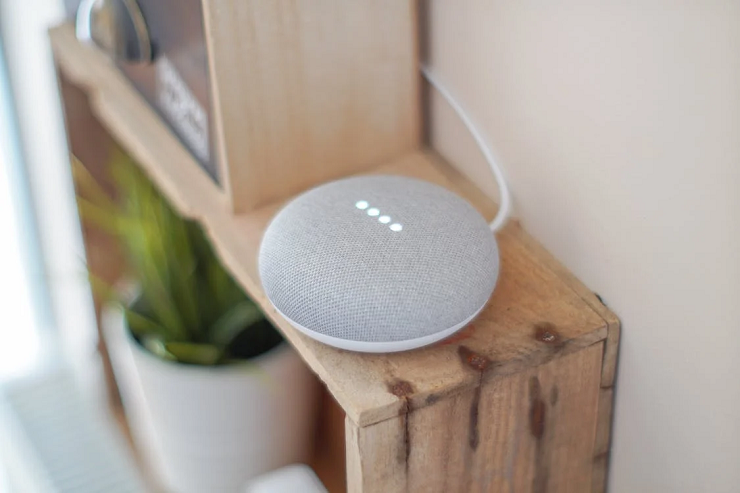
Technology has become integral to our daily lives in this fast-paced digital age. From smartphones to smart homes, the Internet of Things (IoT) has revolutionized how we interact with the world around us. While younger generations have quickly adapted to these advancements, the older generation often needs to catch up. However, it is essential to recognize that IoT technology has tremendous potential to enhance the quality of life for seniors. This blog will explore how IoT benefits older people, making their lives easier, safer, and more enjoyable.
One of the most significant advancements in IoT is smart home automation. Imagine controlling various aspects of your home with a simple voice command or a tap on your smartphone. For seniors, this technology brings convenience and independence. Smart thermostats, automated lighting, and voice-activated virtual assistants make it easier for older adults to control their surroundings without physical exertion. They can adjust the temperature, turn on lights, or even lock the doors, all from the comfort of their favorite chair.
Safety is a paramount concern for seniors, and IoT technology can provide a sense of security for older adults and their caregivers. Smart security systems with motion sensors, video cameras, and door/window sensors can monitor the home and alert seniors or caregivers of unusual activity. These systems can also be integrated with wearable devices that detect falls or health emergencies and automatically notify emergency services or family members. With IoT, seniors can feel safer and enjoy an added layer of protection, even alone at home.
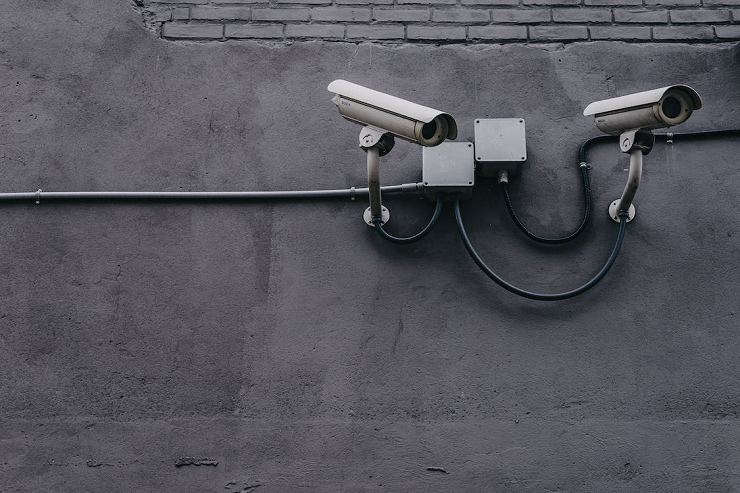
As we age, healthcare becomes increasingly essential. IoT enables remote healthcare monitoring, allowing seniors to receive medical attention without leaving home. Connected devices such as blood pressure monitors, glucose meters, and smart pill dispensers can transmit real-time health data to healthcare professionals, enabling timely interventions and medication adjustments. Telemedicine services further enhance access to healthcare, allowing seniors to consult with doctors and specialists remotely, and reducing the need for frequent visits to clinics or hospitals.
Keeping track of medications and adhering to complex medication schedules can be challenging for seniors. IoT-powered medication management systems offer a solution to this problem. These systems can remind seniors to take their medications at the right time, dispense the correct dosage, and provide alerts if a dose is missed. Some devices even connect with pharmacies for automatic refills, ensuring that seniors always have an adequate supply of their medications. With IoT, seniors can maintain their health more effectively and reduce the risk of medication-related complications.
Loneliness and social isolation are common challenges faced by many elderly individuals. IoT technology can bridge the gap by facilitating social connection and reducing feelings of isolation. Video calling platforms, social media apps, and online communities enable seniors to connect with family, friends, and peers, regardless of geographical distances. Virtual reality (VR) technology also provides immersive experiences, allowing seniors to visit faraway places or participate in virtual social events. These technologies foster social engagement, promote mental well-being, and combat feelings of loneliness.

Cognitive decline is a common concern among older adults, affecting memory, attention, and overall cognitive abilities. IoT devices can provide cognitive assistance and support seniors in their daily lives. Voice-activated virtual assistants, such as Amazon’s Alexa or Google Assistant, can help with reminders, appointment scheduling, and providing answers to questions. These assistants can also be integrated with smart home devices, allowing seniors to control their environment with voice commands. IoT-enabled cognitive games and brain training apps can help seniors keep their minds sharp and engaged, promoting cognitive health.
Maintaining mobility and independence is crucial for seniors. IoT technology can aid in this area by providing enhanced mobility and navigation solutions. GPS-enabled devices, such as smartwatches or smartphones, equipped with navigation applications, can assist seniors in finding their way while walking or driving. These devices can provide turn-by-turn directions and real-time traffic updates and suggest alternative routes. Moreover, IoT-enabled mobility aids, such as smart canes or walkers, can provide stability, detect obstacles, and offer fall prevention measures, ensuring safer mobility for older adults.
With rising energy costs and concerns about environmental sustainability, IoT offers energy-efficient solutions that can benefit seniors. Smart energy management systems allow seniors to monitor and control their energy consumption, reducing waste and lowering utility bills. Smart thermostats can adjust temperature settings based on occupancy, optimizing energy usage. IoT-enabled appliances and lighting systems can be programmed to operate only when needed, conserving energy and reducing costs. By adopting these technologies, seniors can contribute to a greener planet while enjoying long-term savings on their energy expenses.
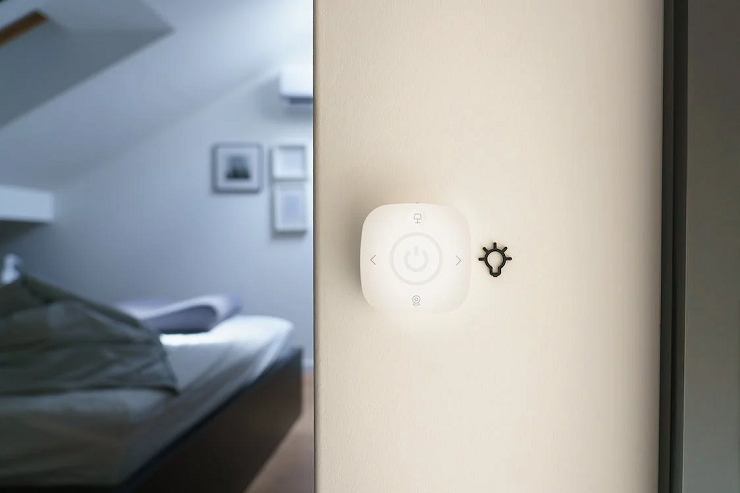
The benefits of IoT for seniors are undeniable. By embracing IoT technology, the older generation can experience a significant improvement in their quality of life. From smart home automation to remote healthcare monitoring and social connection, IoT provides solutions to the challenges faced by elderly individuals. It enhances their independence, safety, and well-being, allowing them to age gracefully while maintaining control over their lives. As technology continues to evolve, it is crucial to ensure that seniors are not left behind but are empowered to embrace these advancements and reap their countless benefits.

I’m a Nerd and very proud of it! I love to write about anything Tech related. Subscribe to our blog for helpful tips, tricks & news.
